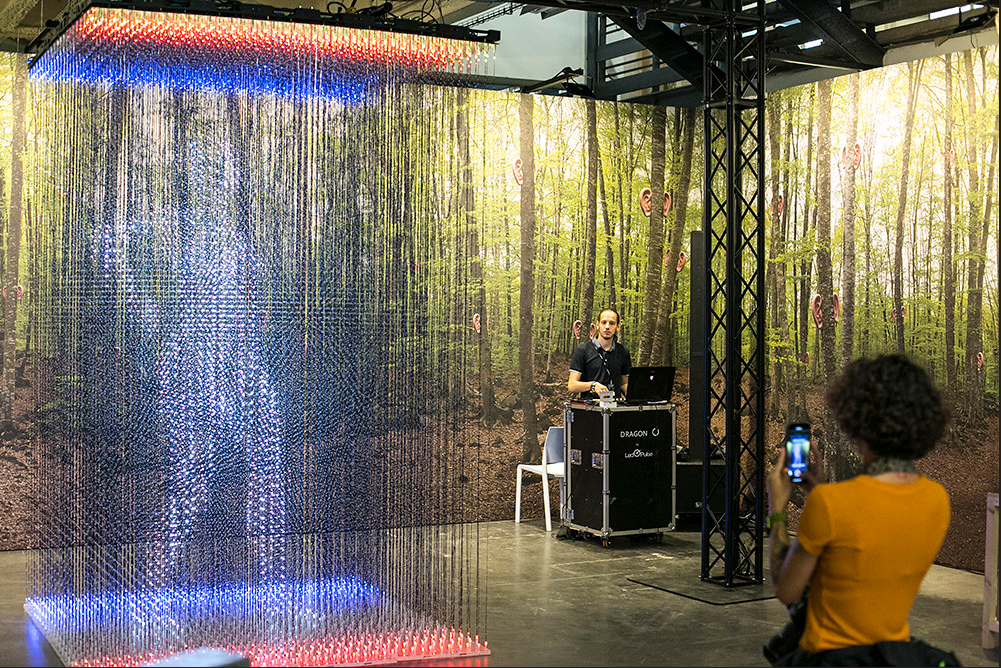
Video artist
Description
These professionals explore the resources and means of image and sound to create artistic products in audiovisual format, as a means of individual or collective expression. Their aim is to create products through video and audio, with a greater or lesser degree of manipulation, for artistic purposes and without being governed by the conventions of other audiovisual content for cinema, TV, or advertising. Thus, these professionals do not necessarily create their pieces based on actors or actresses, dialogues, or plot lines, but explore alternative applications of the audiovisual format, generating new narratives characterised by a more experimentally and/or conceptually ground-breaking visual dynamic.
During the creative process, they must solve different roles or be accompanied by a team of qualified professionals to carry out the different phases: the shooting of images, the capture or design of sound, editing and everything related to post-production, which may also incorporate special effects.
Video art has become a commonly used tool in artistic fields such as visual arts, performing arts and also in music and film. It is a discipline that offers different possibilities and formats: from video installations, video sculptures, video environments or video creation. These products can be found digitally, but also exhibited in spaces dedicated to art and communication such as: art galleries, museums, cultural centres, libraries, biennials, open and public spaces, or they can be part of a show, as in the case of performances.
Tasks
- Conceive the video art piece, whether it is a commission with specific requirements or their own project.
- Choose the audiovisual technique and define the creative process.
- Define the space and format where the product will be consumed and create the most appropriate design considering their exhibition: cinema screen, specific location, museum, installation, Internet, etc.
- Plan the project and translate the ideas and technical requirements into an audiovisual project.
- Gather the images to be used, through digital and/or analogue media (video projections, mapping, camera capture, archive images), according to the perspective of artistic expression defined in the project.
- Design the audio of the piece and implement it. Depending on the sound experience to be projected, music can be included, audio synchronous with the video, audio captures or dialogues, archive sound or even no audio at all.
- Edit the piece, experimenting with the audiovisual language, looking for the technical limits of the medium and transforming it through different techniques. This editing can also include the implementation of specific visual effects.
- Depending on the size and characteristics of the piece, they will contact different professionals who will participate in each of the phases: production, shooting or post-production.
- When they have a team in charge (camera, video editor, sound specialists, installation editors, special effects specialists, etc.), they manage and coordinate them to ensure that the piece is carried out efficiently and according to their vision.
- Collaborate in multidisciplinary artistic projects that incorporate video art as an expression.
- Experiment with audiovisual language to create new narratives that intervene conceptually in different artistic areas: dance, theatre, performance, live shows, art galleries, installations in museums, exhibitions in cultural centres, festivals, open spaces (mappings, large-scale projections, etc.) or it can be a part of a musical, circus or film show.










 | Catalan | Beginner
| Catalan | Beginner | English | Advanced
| English | Advanced
 Open
Open




 | English | Beginner
| English | Beginner


